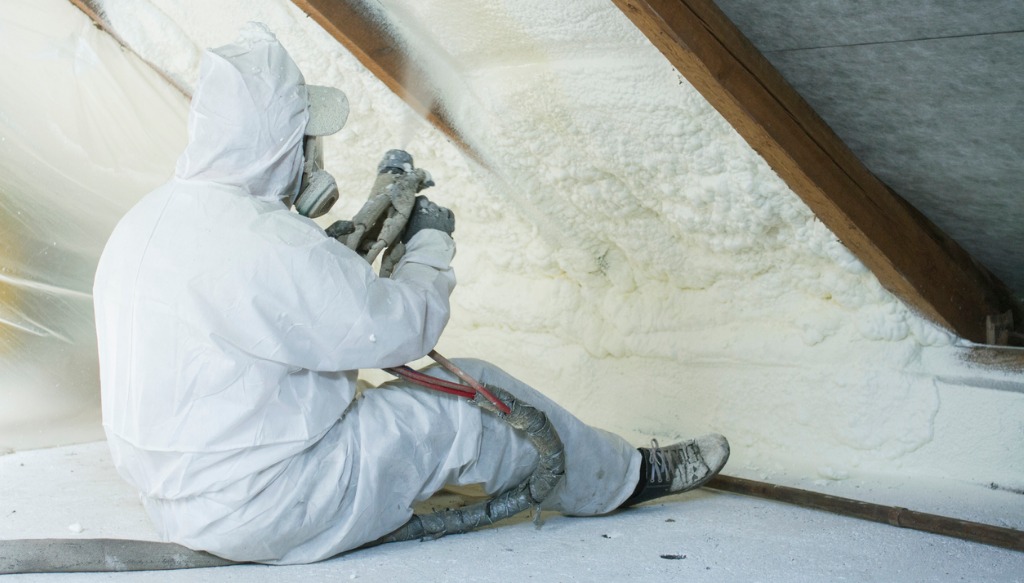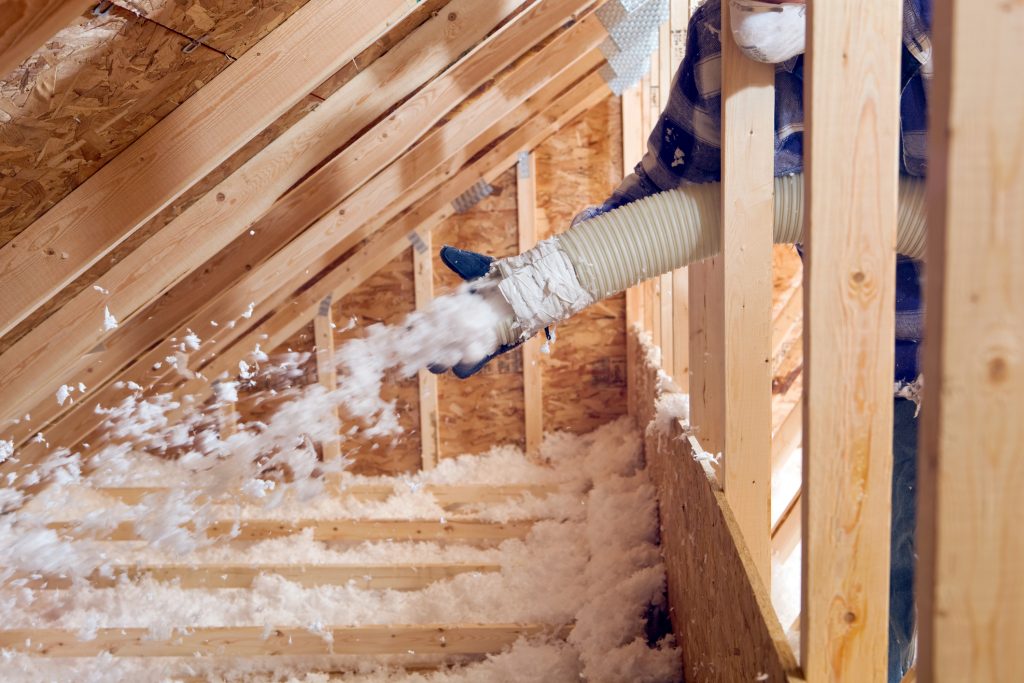Weatherproof your roof to protect your home’s structure and keep dampness at bay.
Your roof is your home’s first line of defence against the elements. Wind, rain, ice and snow will all batter your roof over the years, so it’s important to take measures to ensure that your roof is as weatherproof as possible.
Taking precautions with your roof will help it to effectively protect your home from the weather and save you money and hassle in the long run.
Here are four ways to get started with weatherproofing your roof.
Maintain gutters
One of the commonest causes of roof leaks and damage is blocked or broken guttering. Your gutters protect your roof by directing water away from it. If your gutter becomes blocked or broken, then it will need immediate attention to stop water from overflowing onto your roof. Regularly inspecting, clearing and cleaning your gutters helps to prevent problems occurring.
Lead flashing
Roof flashing is sheet metal applied to your roof’s joints and edges to seal it and prevent water from leaking in. Flashing plays a very important part in protecting your roof from the rain so it’s important to ensure that it is applied in all the right places and remains in good condition. Flashing comes in a variety of materials including copper, steel and aluminium, but lead flashing is the most durable and long-lasting option.
Repair and maintain tiles
Any cracks or holes in your roof will allow water to seep in, potentially causing expensive damage to your belongings and your property’s structure. Ensure that any cracked or missing tiles are repaired or replaced quickly to avoid further damage occurring. If you feel like damp is regularly making its way into your roof, you may benefit from applying a tile sealer to reinforce your roof and protect from hairline cracks.
Spray foam
Applying spray foam to the underside of your roof is extremely effective at sealing and reinforcing your roof to prevent the ingress of rain, snow and dirt. As well as weatherproofing your roof, spray foam also acts as an excellent thermal insulator, keeping your home warmer and lowering your energy bills.



